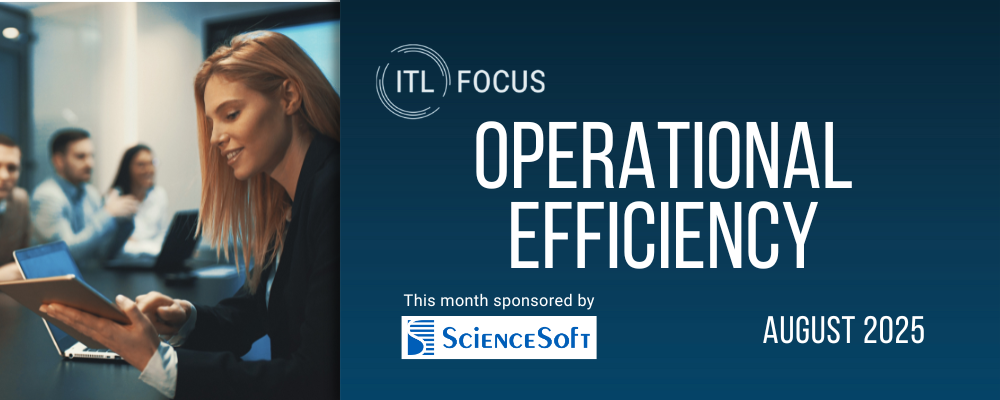Paper checks are a thing of the past. This was a shift many industries were starting to see prior to 2020, but the switch to digital payments really picked up speed during the pandemic when many consumers saw exchanging cash and checks as an unsafe option. According to McKinsey, nine in 10 people have begun using a form of digital payment since the start of the pandemic.
Businesses have been forced to adapt. Insurance, unfortunately, was slow to join the digital payment revolution. Despite the high operational overhead that comes with collecting check payments, the pain of change and lack of core functionality and integration with accounting systems inhibit many agencies. Sometimes, the roadblock to adoption is simply not understanding how the technology works.
Fortunately, there’s an easy way to take the fear out of digital payments: C.A.R.D., which stands for Collect, Apply, Reconcile and Disburse. Using this framework to break down the collection process can help agents better understand what happens at each stage of the payment journey and feel more comfortable going digital.
Collect: Improve customer experience with more choices
The “Collect” phase covers the invoicing and billing portion of the payment process, focusing on the channel, payment choice and communication notifications. This part of the payment cycle delivers a better customer experience by offering choices and simple experiences, something consumers have come to expect in today’s online world.
For example, insureds can pay their premiums through various channels, such as custom payment links, portals or unique payment pages, all of which allow insureds to pay much more quickly than they could when writing and mailing a paper check. Using these types of payment channels also cuts back on data input, reducing the risk of errors that come with manual entry while also keeping the data secure and only visible to those with permission to see it. Additionally, insureds are given a choice of payment methods that include ACH and major credit cards, many of which offer next-day funding – a win for both agents and customers!
A digital payments solution also provides multiple communication channels between an agent and their insureds. Payment prompts and copies of receipts can be sent through emails or SMS text messages, creating a digital paper trail.
See also: First Steps to Digital Payments Processes
Apply: Reduce errors with automatic credits to debits
After a client makes a payment, it must be credited appropriately. It can either be left on the client’s account or added to a specific policy or invoice. This is where “Apply” comes in. When using a digital payments solution, agents still have the option to manually apply these credits, or the solution can auto-apply those credits to debits.
Not only does automating the crediting process save agency staff time, but it significantly reduces the risk of errors, while improving security and compliance. Handling paper checks risks exposing client payment details such as bank account numbers and personal identification information. Using a digital payments solution allows the agency to create unique security and user permissions for its staff, ensuring they only have visibility to the accounts and payments pertinent to their role. Agencies and customers alike can take comfort in knowing sensitive information is safe and secure.
An additional benefit of automating the “Apply” stage of the payment process is digitizing account activity. When payments are made online, account activities can be synced and tracked, making it easier to complete the audits needed to meet compliance requirements.
Reconcile: Improve accuracy and reduce costs with auto-matching transactions
Once a payment is applied, the “Reconcile” stage begins. This is where an agency trues up the cash balances, payment deposits and management system receipts. Automating the reconciliation process creates an opportunity to auto-match and highlight payment transactions with general ledger receipts.
Automating this step is often the highest-value part of adopting digital payments for most agencies. It reduces the operational overhead needed to manually match transactions, eliminating low-value tasks and allowing staff to focus on new and renewal business servicing. It also improves accuracy because manual reconciliation allows for a large margin of human error that is removed when using a digital payments solution.
Disburse: Solve administrative hurdles when sending to carriers
The last stage in the digital payments journey is “Disburse,” which is where the payments are sent to the appropriate parties – typically carriers. This step may seem simple enough, but there are often obstacles when it comes to handling this step manually. Using a digital payments solution can solve administrative challenges such as storing carrier payment details more easily on files, initiating payments to appropriate entities and automating direct bill sweeps.
See also: Enhancing Claims Via Digital Payouts
A Few Things to Keep in Mind
Once an agency decides to take the plunge into digital payments, there are a few things to consider when choosing which solution is best, including:
- Product Integration: Make sure the solution integrates natively with any existing management systems, customer portals and websites. This allows data to flow between the systems to automate the payments process.
- Payment Choice: Agents should look into factors such as transaction volume limits, whether ACH and major credit cards are accepted, if next-day funding is allowed and if checkout pages allow insureds to choose partial payments and which invoices to pay.
- Security and Compliance: For any payments solution to be valuable, it needs to be secure and comply with all PCI and NACHA regulatory guidelines. It should also have tokenized data, configurable security settings and capabilities to manage multi-branch/region security differences.
- Reporting: To increase staff efficiency, agencies should consider a solution that provides real-time visibility on all payment transactions, sends real-time notifications to multiple designees, allows you to create customizable reports for actionable data and can intuitively offer insights and analytics into digital payments trends.
Starting the Digital Payments Journey
Collecting premiums shouldn’t be the hardest thing an agent does. But as with any technology update, moving to digital payments may feel overwhelming. Understanding how they work, the benefits of implementing and what to look for when choosing a solution will help agents move forward with confidence.






